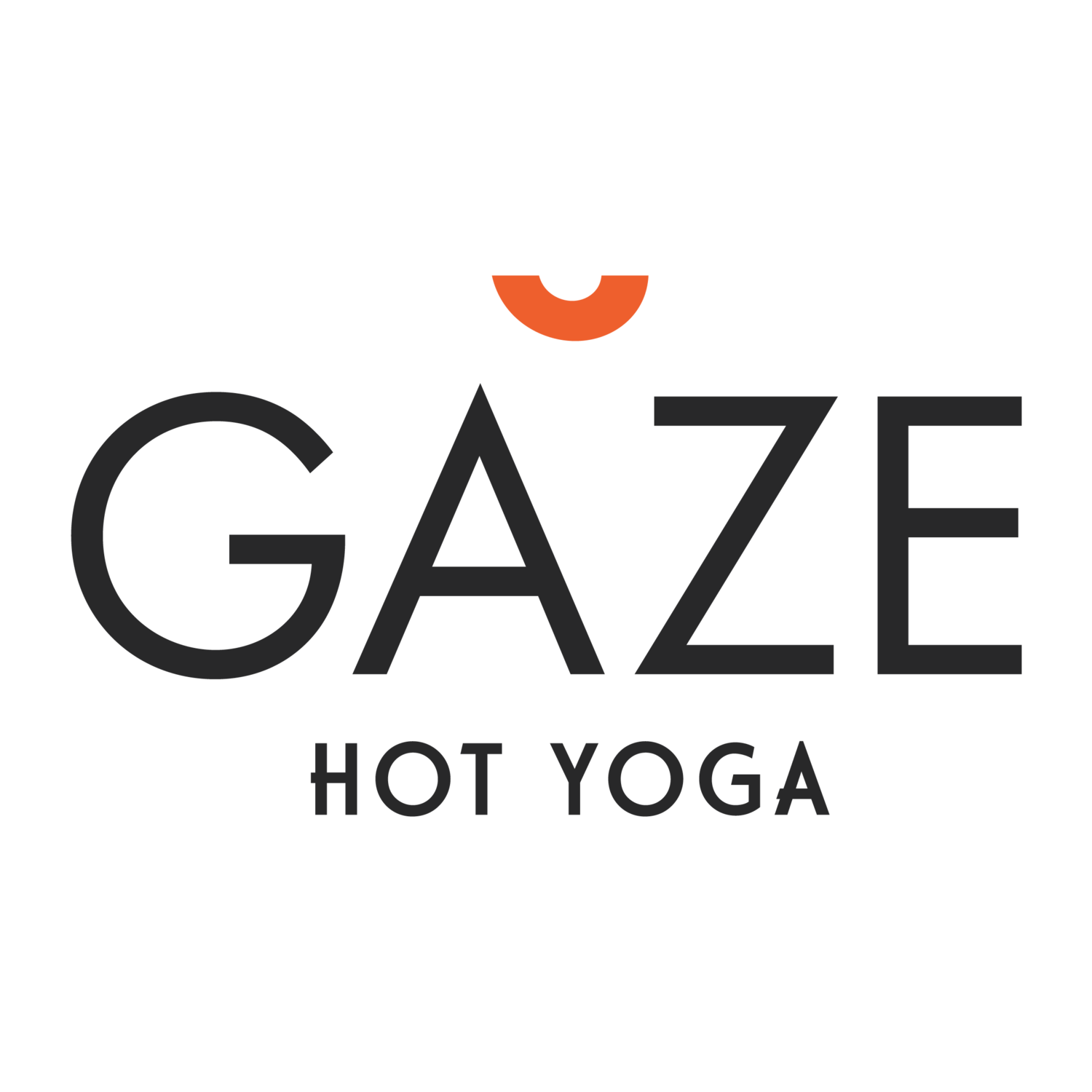The best practice tool is sitting on the back of your Grandma's piano.
A metronome can be an effective tool in many disciplines. It's like a clock without the minute and hour hands, and the tempo is usually adjustable. It's not just for little kids learning piano anymore! For most these days, it's just an app on your phone or watch, and there's tons of adjustability. You really don't need anything too fancy though.
Tempo is a very simple parameter to follow, and can move the mind away from other more subjective factors specific to each discipline.
It works for just about anything, but these are a few suggestions.
Pranayama (breathing practice) The most simple forms of breathing practice involve consciously matching or un-matching the length of the inhale and exhale. When there's a steady tempo ticking away, the length of the breath is both really easy to measure, and focus on. When you're starting out try 60-80bpm (beats per minute) and find a speed that is comfortable. For even counted breath try 4:4 and increase both numbers gradually. For un-even breath try 4:6 and over time increase the length of the exhale and maybe decrease the length of the inhale.
Asana (posture practice) when you're practicing postures, the metronome can keep time in the phases of each posture. For example, 5 beats to move into the posture, 5 to be still, 5 to come out, 15beats of stillness in between. If you're doing a posture practice that "flows" try to time your transitions 5 beats apart. Not only is it fun, but it moves the mind away from the depth and look of the posture and back to what the purpose is. 60-80bpm is a good place to start, and test out what spot is most comfortable. This is an example of a counted practice from Esak Garcia. Something like this works well at a steady tempo.
Running. This may seem weird, and might get some weird looks from other folks on The Riverwalk. I've experienced this first hand. Listening to a metronome while running brings the focus back to cadence, or the speed at which your feet are hitting the ground. When cadence is the focus, speed at any cost can take a back seat, to the best possible mechanics. For something that is a very repetitive movement, staying focused on what you're doing can get boring fast, and your body will adapt so your mind can stay distracted. At least as long as it can. If your mind stays engaged you can make intuitive decisions that might make the difference in your body's ability to keep running. If you're a runner, you already know changes in your training need to be handled very carefully, so go easy on yourself. I recommend starting with 165-180bpm. This pace will likely feel a little fast. Remember it is only for cadence, not speed, so you can shorten your stride and slow down when you need to.
Lifting weights. Slowing down during the eccentric phase of a lift has been shown build muscle more effectively. As they say, "lower slower, gain faster.” With this in mind, set your metronome to 60-80bpm and test during your lifts. You can start out with a 3:1 ratio eccentric:concentric and increase the first number as your comfort increases.
In general, you might be thinking, "Isn't there a playlist on Spotify called 170bpm?" Yep. A bunch actually. But if our goal is to refocus the mind on the important parts of each discipline, bringing music into the mix, might be trading a zig for a zag.
Give these a try and see how it goes. Take a look in the app store and find a metronome app that works for you. It's the original Tik Tok.
Wes Bozeman was Nationally Certified in Therapeutic Massage and Bodywork in 2009 and is a Florida Licensed Massage Therapist. MA58298 He began his massage practice after the birth of his daughter, when substandard maternity care cast a light on the value of bodily knowledge and wellness for his whole family. He began his yoga training in 2010 at Evolation Yoga in Tampa. Since then he has studied with Ida Jo and Scott Lamps at Ghosh Yoga, and countless other mentors along the way. He owns Gaze Hot Yoga in Tampa Heights where he teaches students, and teachers, and is happy to be their student too. Wes’ only goal for his practice is to empower his clients to be aware of their bodies, and facilitate healing.


